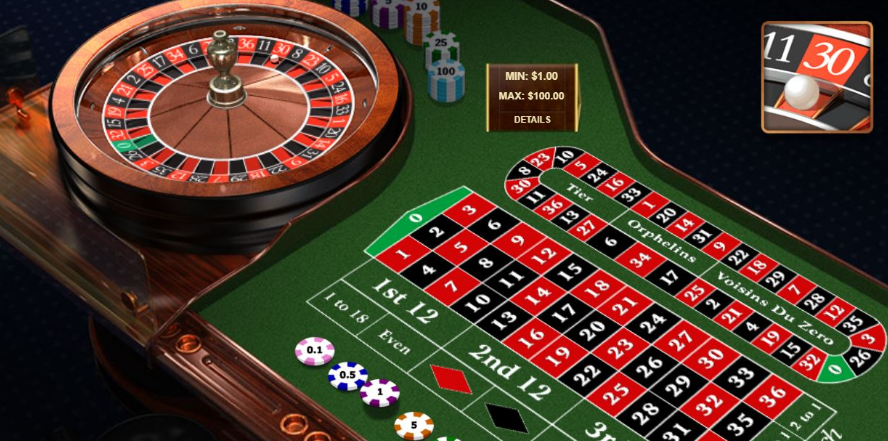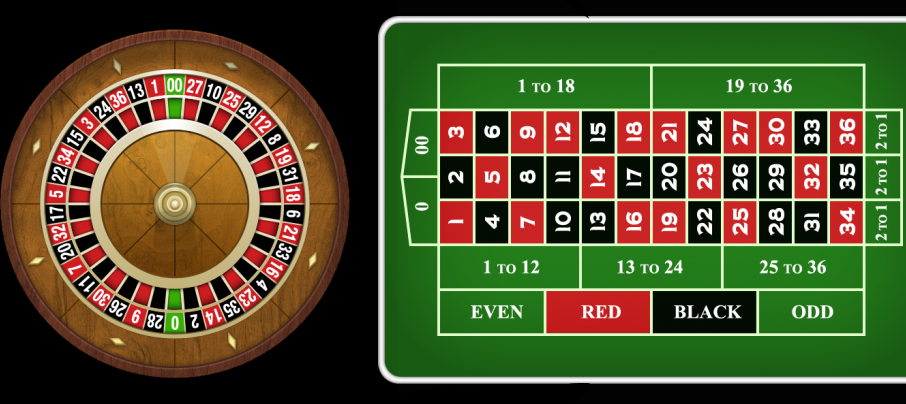When I first discovered how to play roulette, I was drawn in by the game’s elegance and simplicity. It felt like an effortless blend of luck and strategy. Over time, I came to realize that while chance plays a huge role, having a solid understanding of roulette rules, bet types, and strategic thinking is what truly shapes a player’s long-term experience and results.
My journey with roulette has been as much about learning how to control risk as it has been about chasing wins. From the roulette wheel layout to the way bets are placed, every element is designed to test both patience and intuition. This guide will walk you through everything you need to know about the game—from basic roulette gameplay to advanced roulette strategies, including systems like the martingale system roulette and fibonacci roulette strategy.
Roulette Wheel Layout and Types of Bets
Every roulette player should start by understanding how the wheel is structured and how it influences the flow of the game. In European roulette, the wheel features 37 numbered pockets, including one zero. American roulette adds an extra double zero, bringing the total to 38. These differences may seem small, but they significantly affect your roulette odds explained by probability and house edge. Recognizing this difference is essential for building a reliable and effective approach to placing your bets.
Equally important is knowing the types of roulette bets available. From simple wagers on red or black to more complex number combinations, the table layout reflects all possible options. I often advise new players to spend time studying the betting grid before wagering real money—it’s the foundation of success. This step is especially important if you plan to follow a structured online roulette guide or develop your own method of play.

Types Inside and Outside Bets Explained
One of the essential things I learned early on is how inside and outside bets differ in terms of risk and reward. Inside bets focus on specific numbers or small groups of numbers—think straight-up, split, street, or corner bets. These have higher payouts but come with lower chances of hitting. If you’re chasing a big payout, this is where you’ll focus.
Roulette Rules You Need to Know
The core roulette rules are straightforward, but mastering them lays the groundwork for everything else. Once all players have placed their chips on the betting layout, the dealer (or automated system in online versions) spins the wheel and launches the ball. When the ball lands in a numbered pocket, winning bets are paid and losing ones cleared.
However, what many newcomers miss is that understanding table etiquette and house-specific rules can give you a subtle edge. Some European tables, for example, offer “La Partage” or “En Prison,” both of which affect what happens when the ball lands on zero. These minor differences can shift the house edge and should influence how you structure your bets.
Basic Roulette Rules
Mastering the basic roulette gameplay starts with understanding the flow of the game. The process is intuitive: place your bets, wait for the spin, and observe the outcome. Yet what separates amateurs from seasoned players is the ability to place bets deliberately rather than randomly. Knowing the table limits, betting types, and even the timing of when to place your chips all play a part in enhancing your success.
I always recommend reviewing payout tables and rules before playing—especially if you’re using a roulette betting system. These systems are only effective when applied correctly, and that begins with knowing exactly how each bet functions and how to respond to different outcomes. The smallest rule misstep can turn a good system into a losing one.
European vs American Roulette
Perhaps one of the most overlooked, yet critical, aspects of the game is understanding european vs american roulette. European roulette has one zero, while American roulette has both a zero and a double zero. That extra number might seem insignificant, but it increases the house edge from 2.7% to 5.26%—a major difference over time.
Personally, I always gravitate toward European roulette, especially when I’m using structured roulette strategies. The better odds give me a fighting chance to test my systems effectively. If you’re serious about winning at roulette, choosing the version of the game with a lower house edge is a no-brainer. Don’t ignore this detail—it’s a silent game-changer.
Popular Roulette Strategies
When I first started exploring roulette strategies, I was intrigued by the idea of applying mathematical systems to what is, essentially, a game of chance. While no strategy can guarantee a win, certain approaches can help manage risk and provide a structured way to play. Through years of practice and study, I’ve found that using a thoughtful system allows me to play longer and more confidently.
It’s important to remember that roulette odds explained through strategies don’t eliminate the house edge. Instead, they help you approach the game with discipline. Some strategies focus on recovering losses, while others aim for small, consistent wins. Whether you’re just learning how to play roulette or trying to level up your game, these strategies are worth understanding and testing.
The Martingale System Roulette
The martingale system roulette is probably the most well-known betting method, and I’ve seen both spectacular wins and brutal losses from it. The concept is simple: you double your bet after every loss until you win. Then, you return to your original stake. It’s often used on even-money bets like Red/Black or Even/Odd, which fall under inside and outside bets.
In my experience, while this strategy can be effective short-term, it carries significant risk. One long losing streak can wipe out your bankroll or hit table limits, making it impossible to recover. This strategy requires a large bankroll and strong emotional control—things I always advise players to consider before diving in.

The Fibonacci Roulette Strategy
Another technique I’ve used is the fibonacci roulette strategy, which is based on a sequence where each number is the sum of the two previous ones (1, 1, 2, 3, 5, etc.). You follow the sequence after each loss and move back two steps after a win. It’s a progressive betting strategy, like Martingale, but less aggressive.
For me, this system feels more sustainable over longer sessions. It helps soften the impact of consecutive losses and builds a rhythm into gameplay. However, as with all strategies, the house still holds the edge, so managing expectations and using proper bankroll management is essential.
The Labouchère System in Roulette
The Labouchère system in roulette, sometimes called the “Cancellation System,” involves writing a sequence of numbers, such as 1-2-3-4. Your bet is the sum of the first and last numbers. If you win, you remove those numbers from the sequence. If you lose, you add the lost bet to the end.
This strategy is ideal for players who like structure. I personally enjoy using it when I want to track my results and stay disciplined. The downside? Long losing streaks can quickly extend the sequence and increase bet sizes, making it risky without strict limits.
The D’Alembert Roulette Strategy
Among the more conservative options, the D’Alembert roulette strategy increases your bet by one unit after a loss and decreases it after a win. I often recommend it to beginners or players who dislike large bet fluctuations. It offers a more gradual approach to recovering losses.
In my experience, this system suits players who prefer a more stable and less risky playing style. While it won’t deliver massive wins, it helps maintain a balanced pace and minimizes the emotional swings that come with more aggressive betting methods.
Online Roulette vs. Land-Based Roulette
In recent years, I’ve shifted a lot of my play online. Comparing online and land-based roulette highlights how technology has transformed the game. The rules, bets, and types of roulette bets remain the same, but the experience differs drastically. Online play offers speed, convenience, and variety, while physical casinos deliver ambiance and direct human interaction.
What makes online play especially attractive is access to analytics, betting histories, and even AI tools that some platforms now provide. These help refine your roulette betting system over time. That said, the absence of real-time pressure can make it easier to experiment with different approaches and control the tempo of your play.
Choosing the Right Online Roulette Platform
Finding a reliable platform is crucial for anyone learning how to play roulette online. I always look for licensing, security, game variety, and quality customer support. A good online roulette guide should direct you to platforms offering European roulette (preferable due to better odds) and live dealer options for an authentic feel.
I also consider platform usability—how intuitive it is to navigate the interface, place various types of bets, and switch between games. Some websites even provide educational sections covering rules roulette and european vs american roulette comparisons. These tools are invaluable for players looking to improve or just understand the game better before playing for real money.
Conclusion: Mastering the Game of Roulette
Becoming proficient at roulette isn’t about finding a magic formula—it’s about gaining knowledge, practicing discipline, and enjoying the game. After years of play, I’ve realized that winning at roulette consistently means understanding your limits and choosing strategies that align with your goals and temperament.
